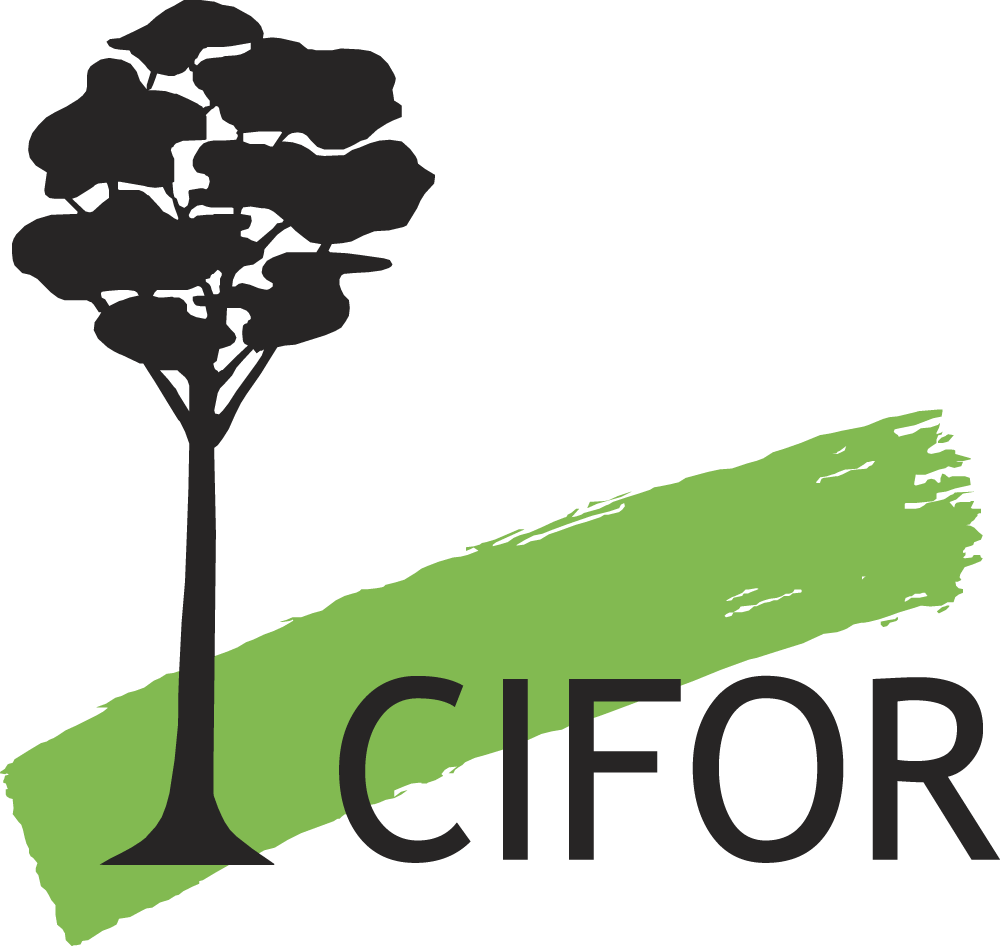Focal point
Location
The Center for International Forestry Research (CIFOR) is a non-profit, scientific facility that conducts research on the most pressing challenges of forest and landscapes management around the world. With our global, multidisciplinary approach, we aim to improve human well-being, protect the environment, and increase equity. To do so, we help policymakers, practitioners and communities make decisions based on solid science about how they use and manage their forests and landscapes.
Capacity building, collaboration and partnerships are essential to finding and implementing innovative solutions to the challenges that the globe faces. We are proud to work with local and international partners. We are a member of the CGIAR Consortium and lead the CGIAR Research Program on Forests, Trees and Agroforestry.
Our headquarters are in Bogor, Indonesia. We have offices in 8 countries across Asia, Latin America and Africa, and we work in more than 30 countries. Contact us for more information.
Resources
Displaying 386 - 390 of 808In Search of Common Ground: adaptive Collaborative Management in Cameroon
Incentives +: how can REDD improve well-being in forest communities?
REDD initiatives are more likely to succeed if they build on the interests of forest communities and indigenous people. More attention is needed to the balance of incentives, benefits, rights and political participation across levels of decision making, interest groups and administration. Incentives can include payments or other benefits for good practices, developing alternative livelihoods, formalising land tenure and local resource rights and intensifying productivity on nonforest lands.
Impacts of Artisanal Gold and Diamond Mining on Livelihoods and the Environment in the Sangha Tri-National Park (TNS) Landscape
Gold and diamond mining constitute more than half of all mineral exploitation worldwide and an estimated 6 to 9 million artisanal miners are active in the gold and diamond sector. Africa hosts a third of the world’s natural mineral wealth, among which 65 percent of global diamond deposits. While mineral exploitation contributes to the livelihoods of many, it also generally leaves a negative impact on the environment, which may ultimately be detrimental to livelihoods.



